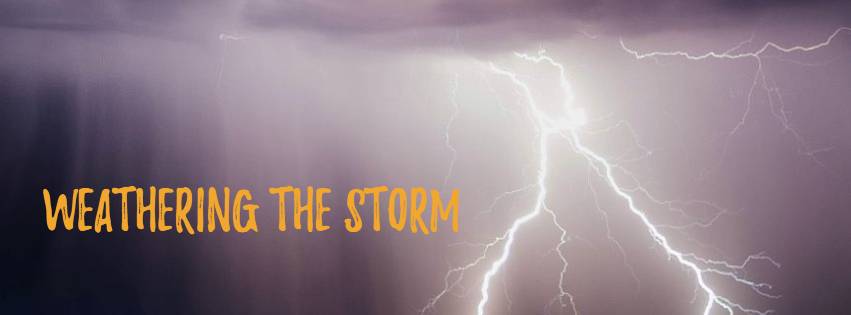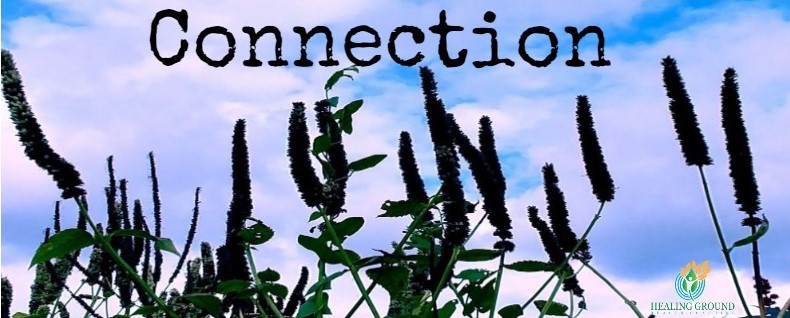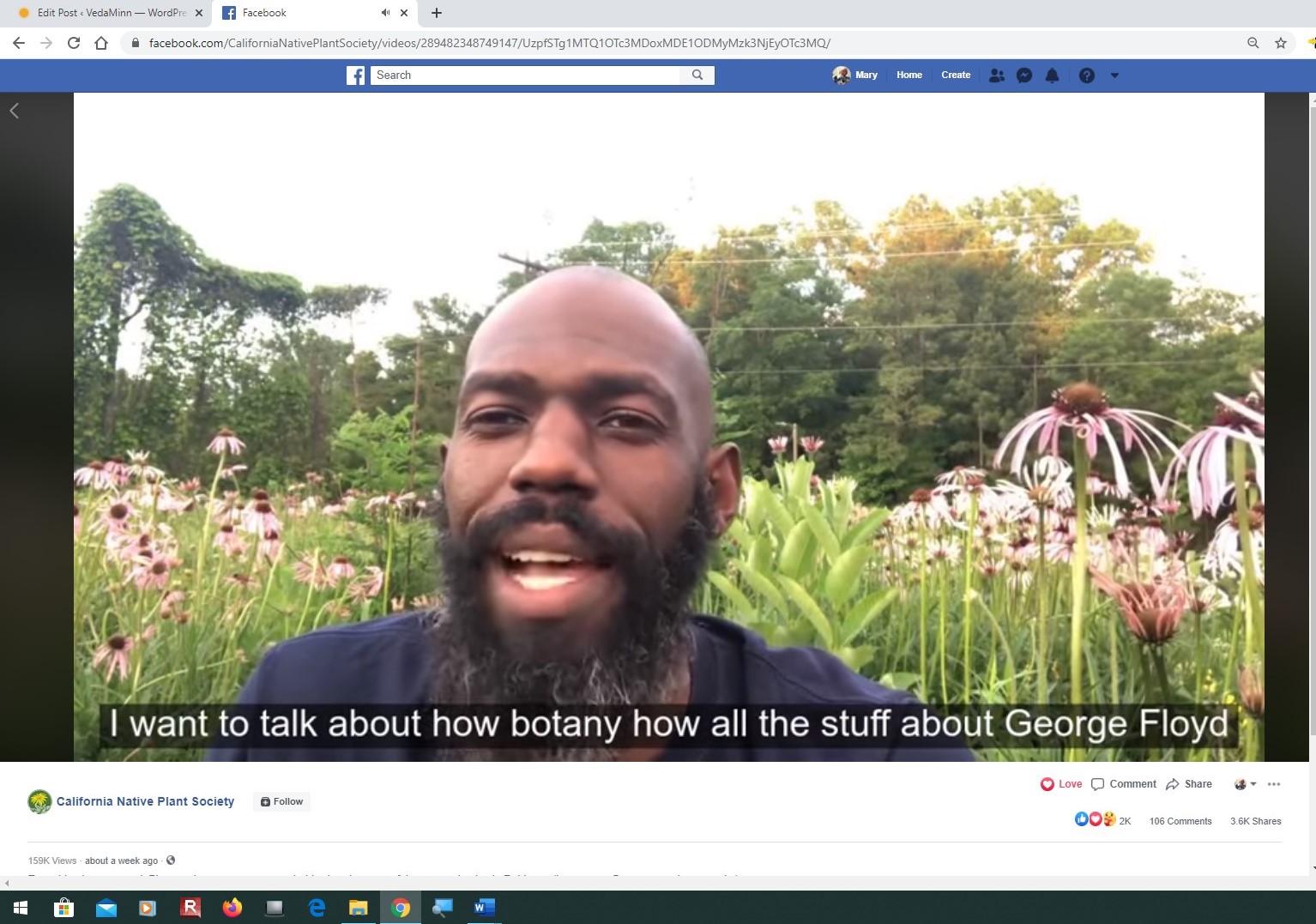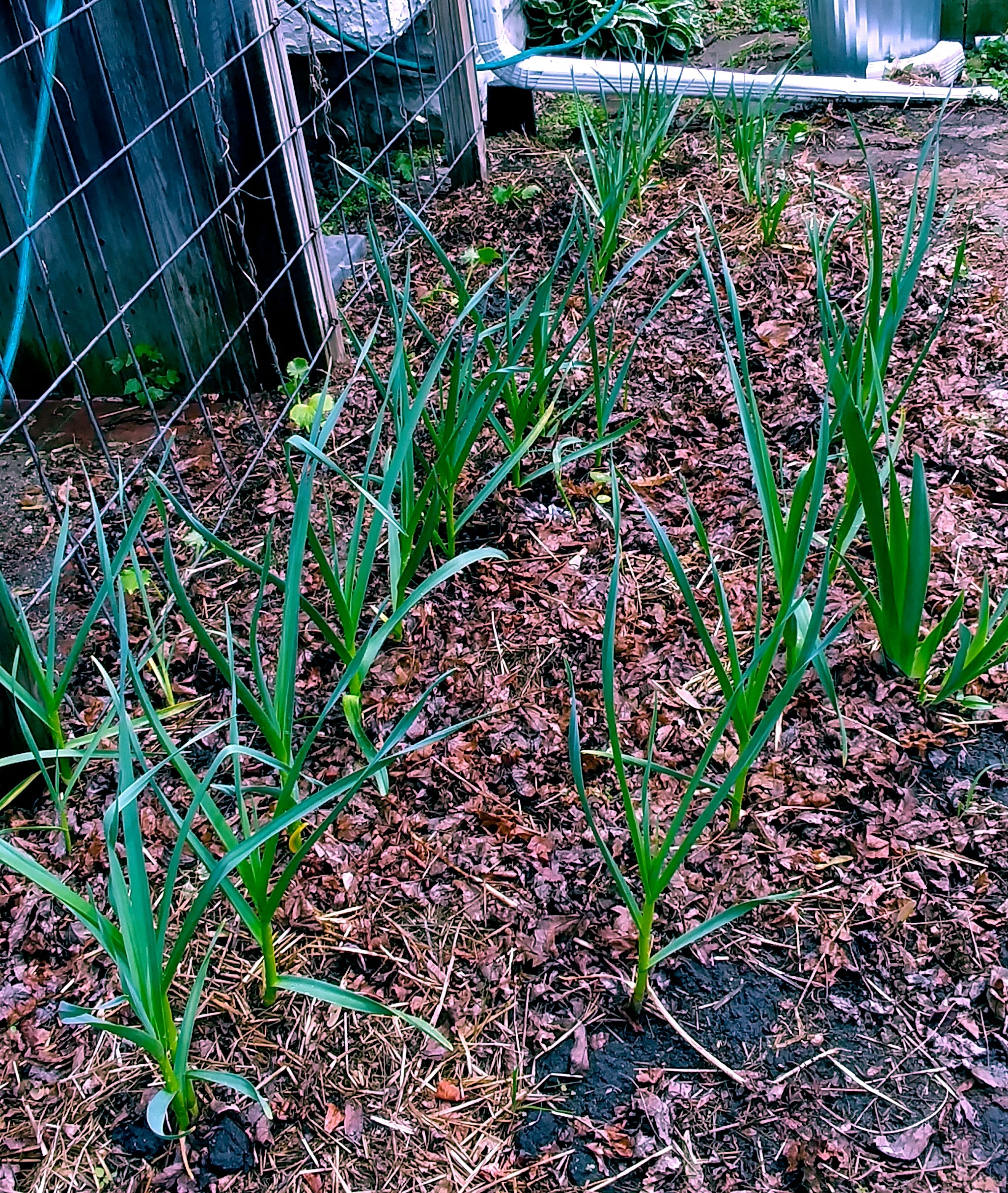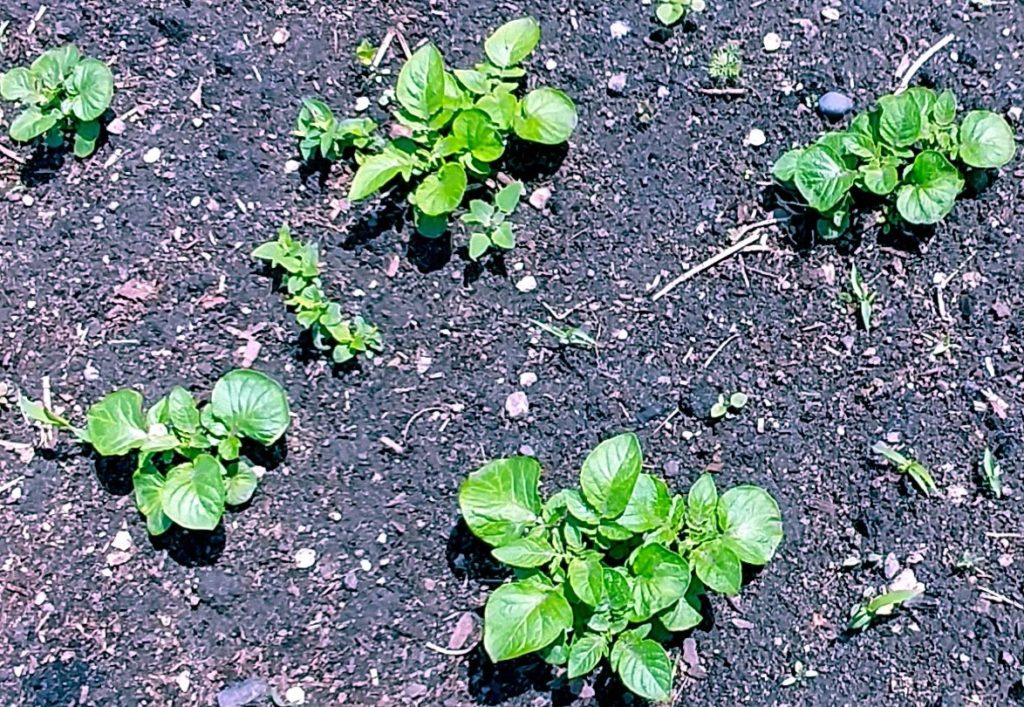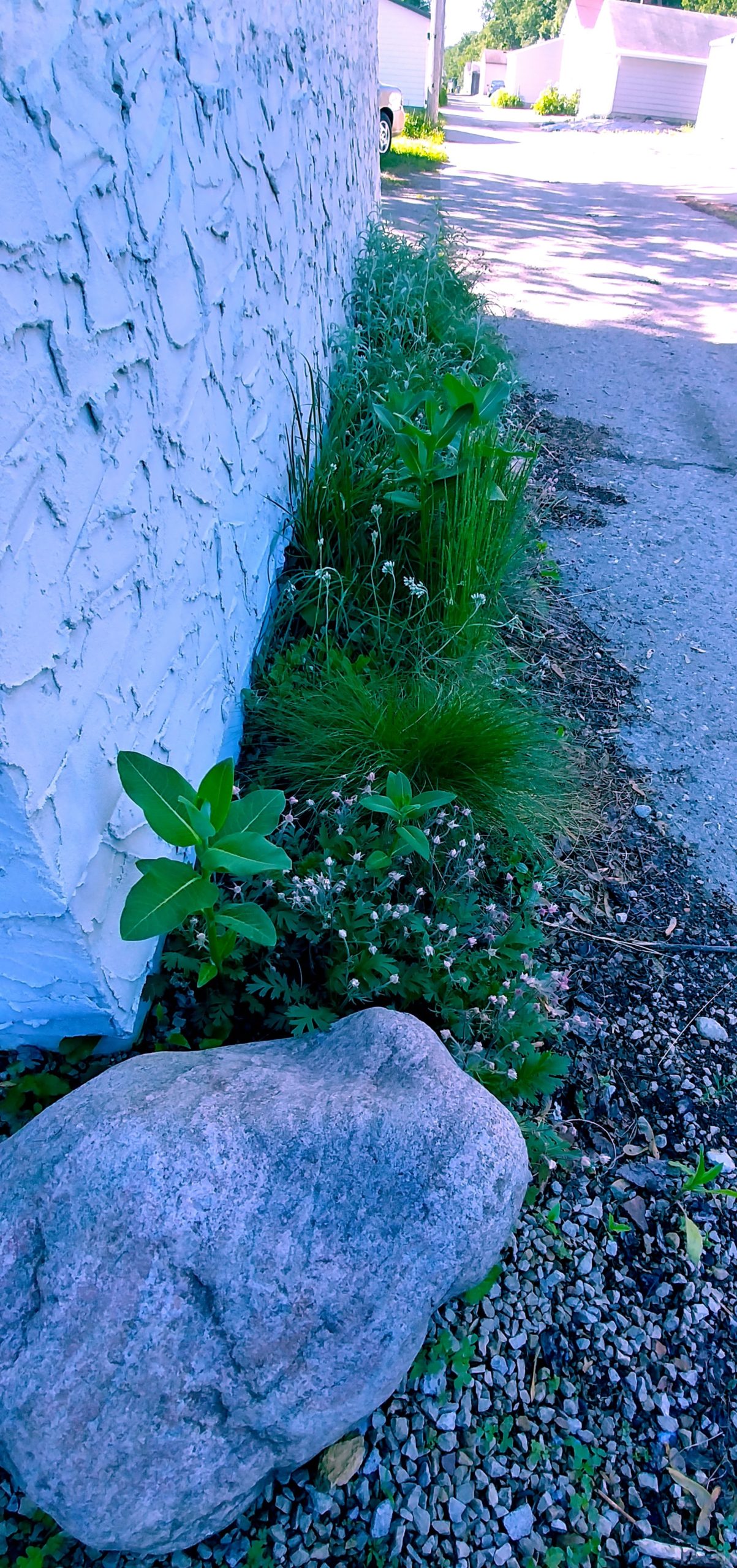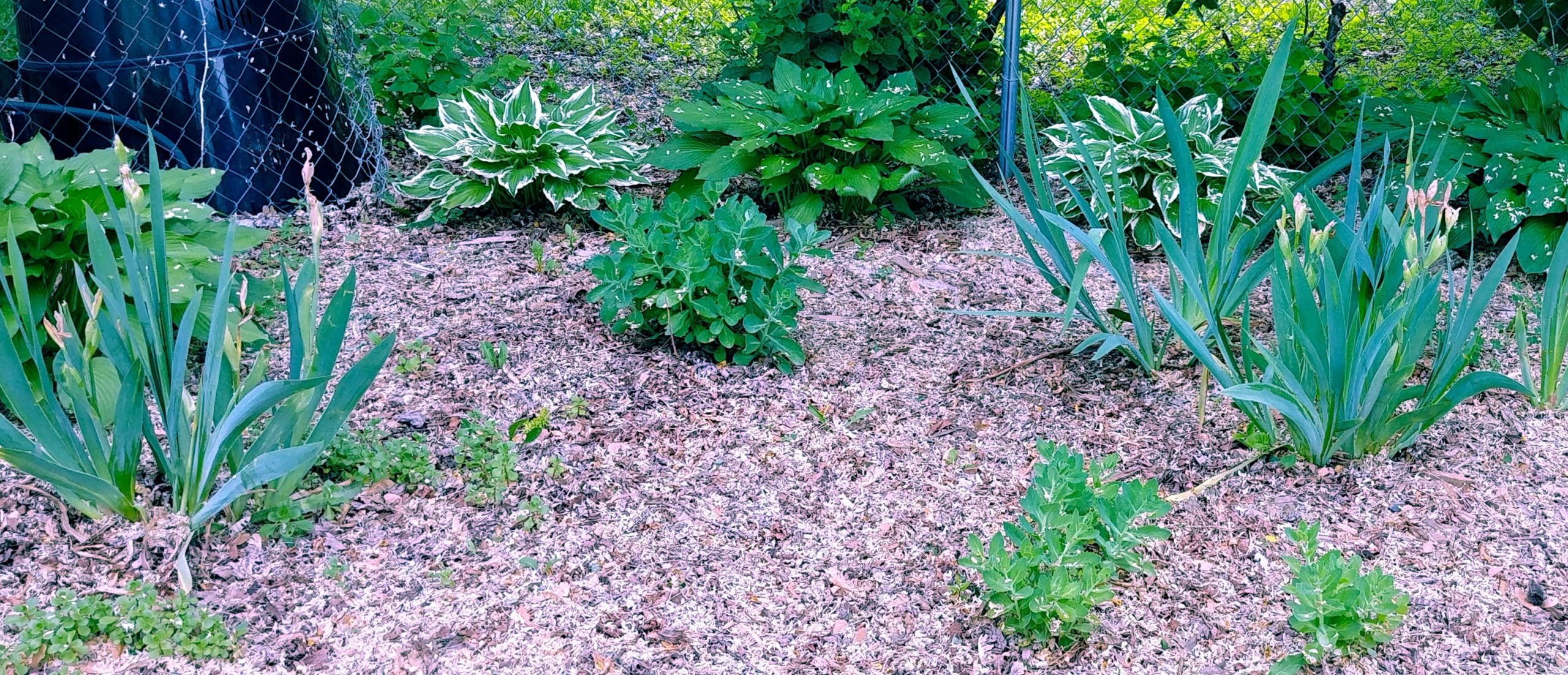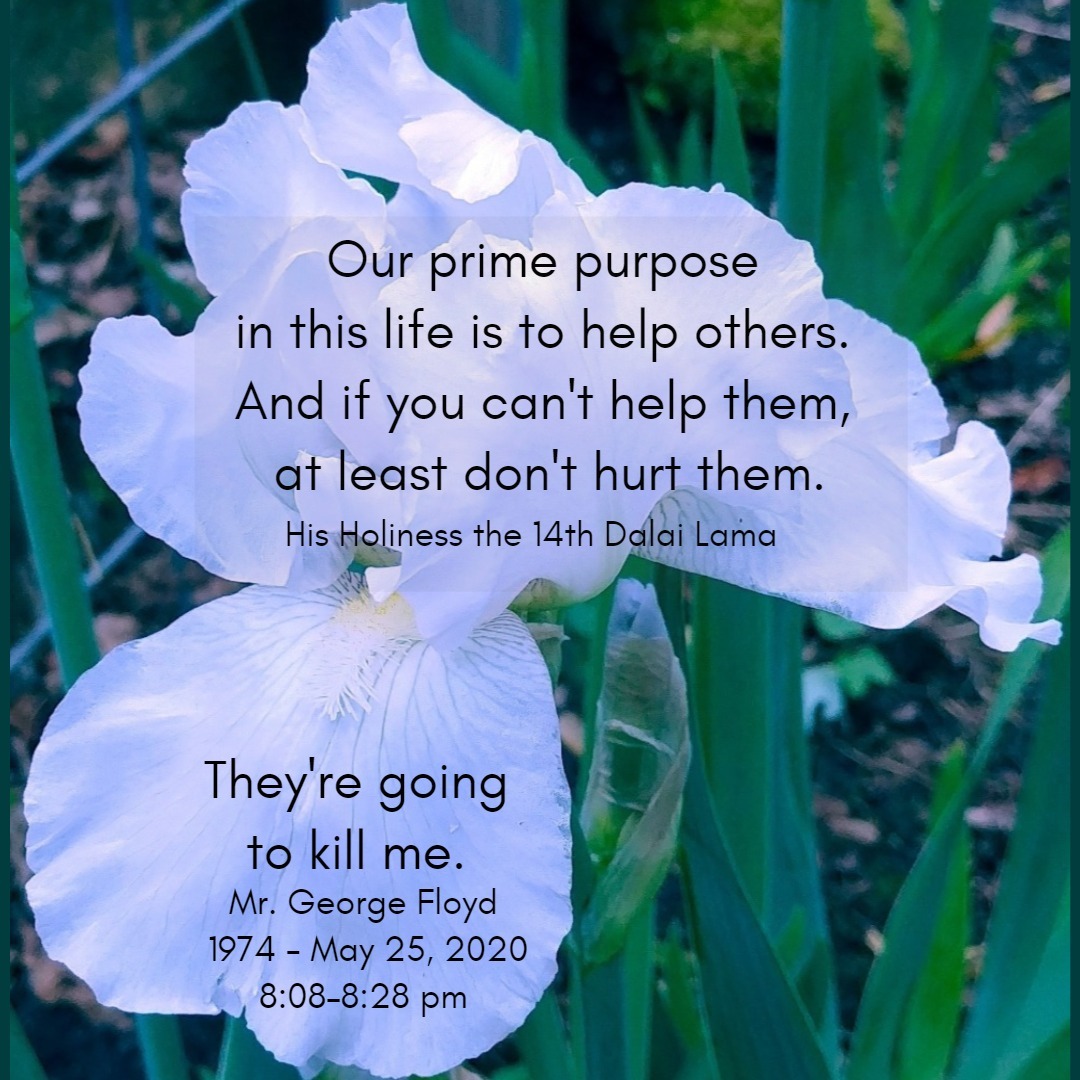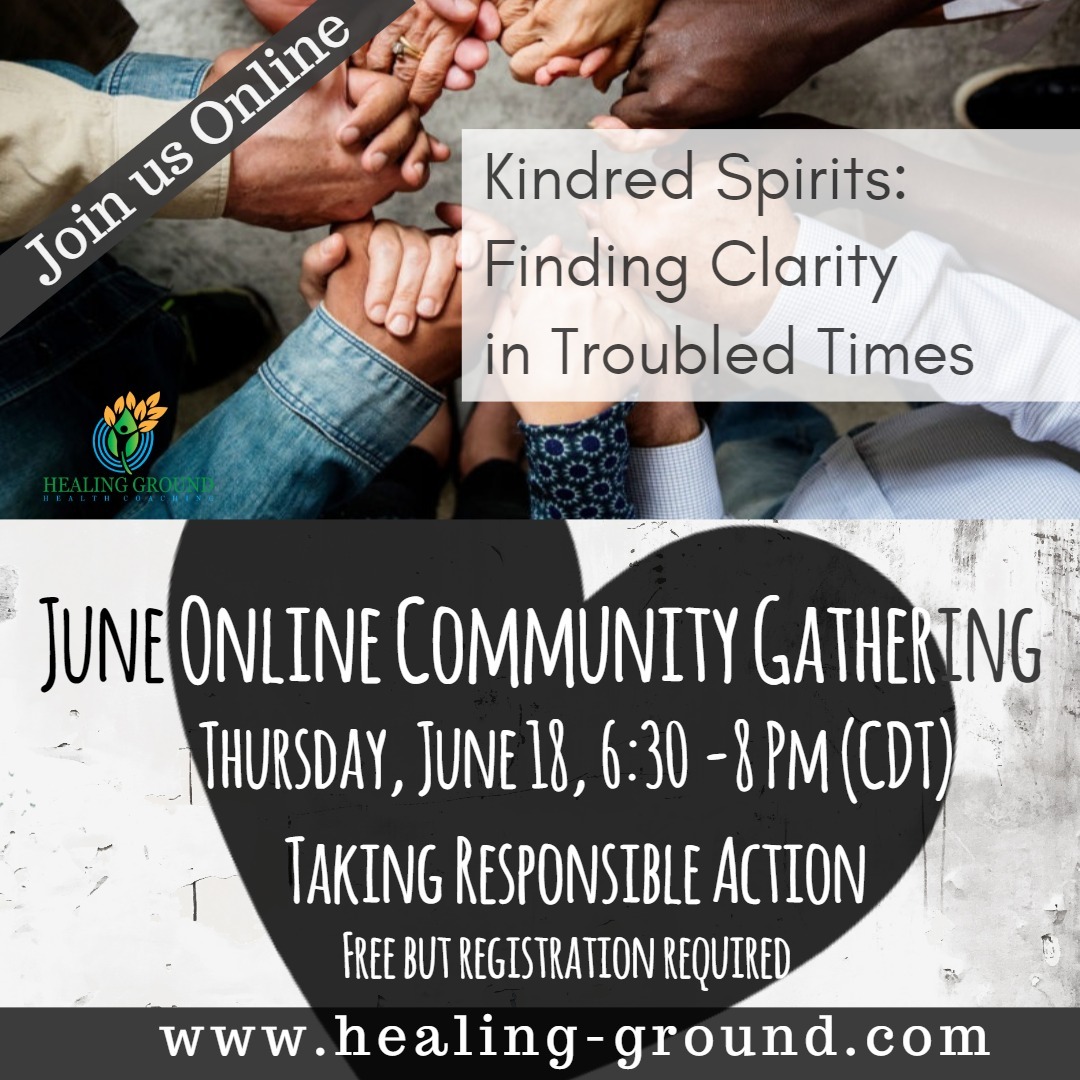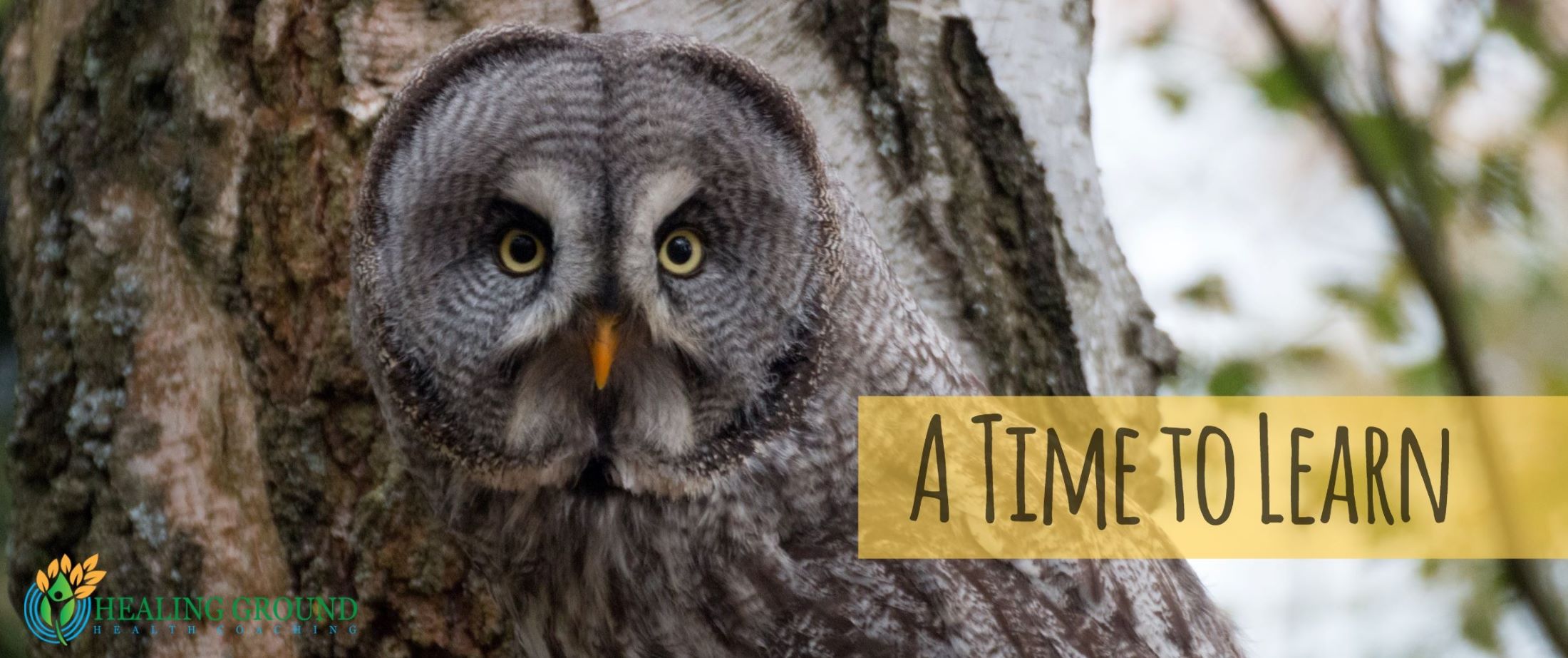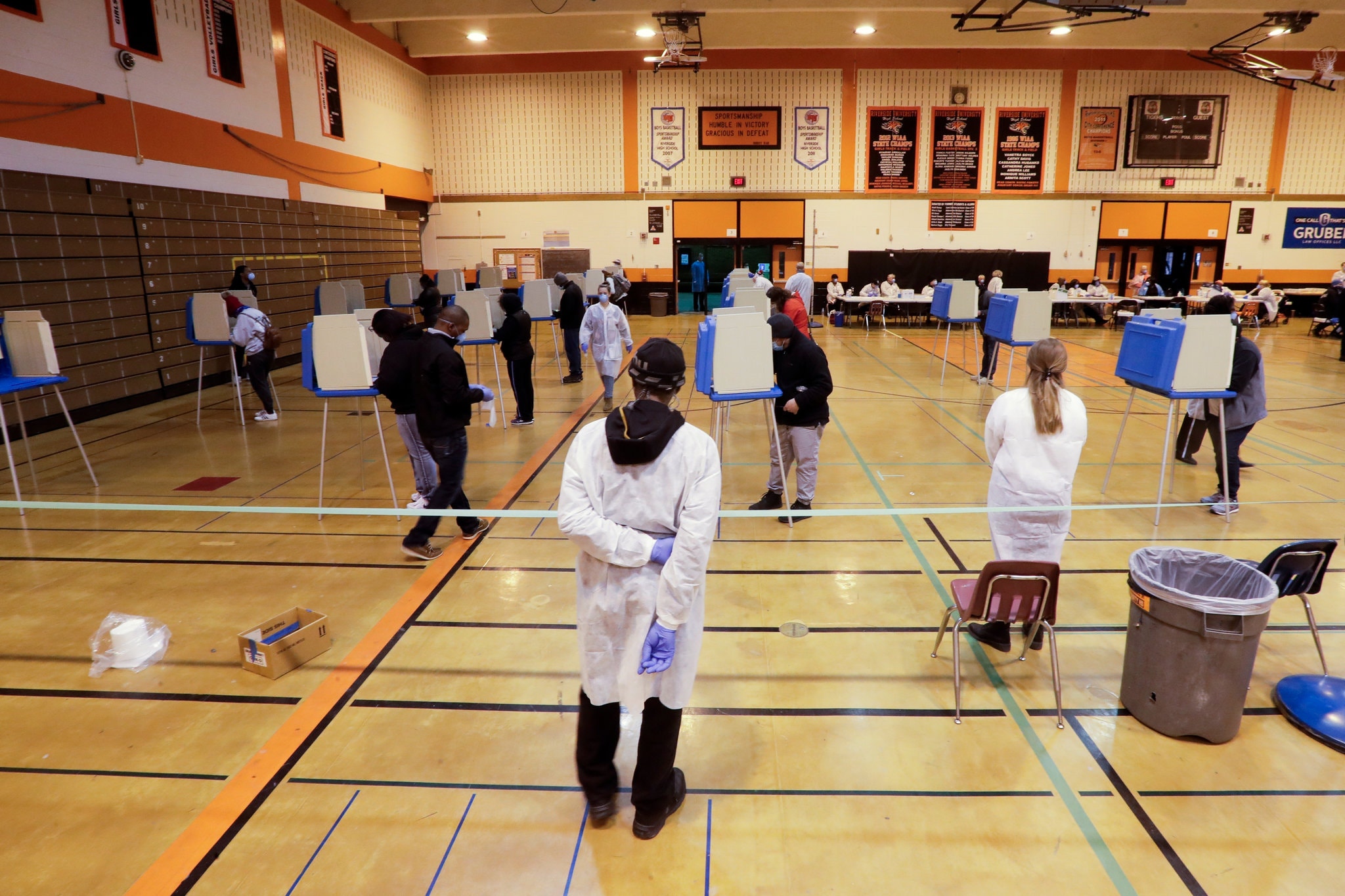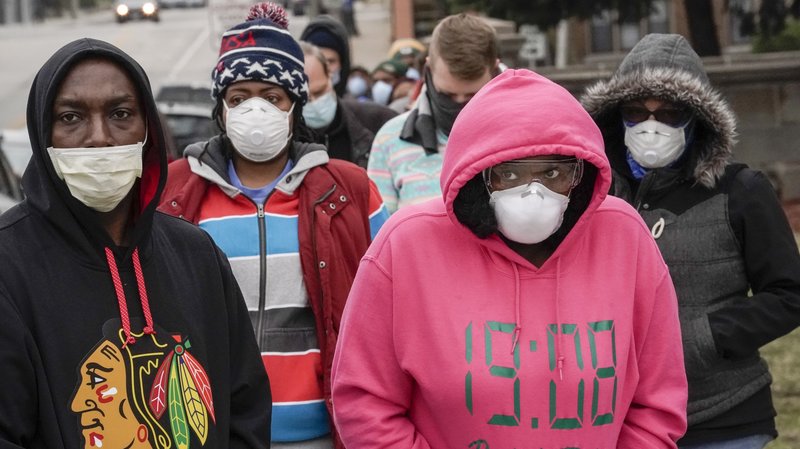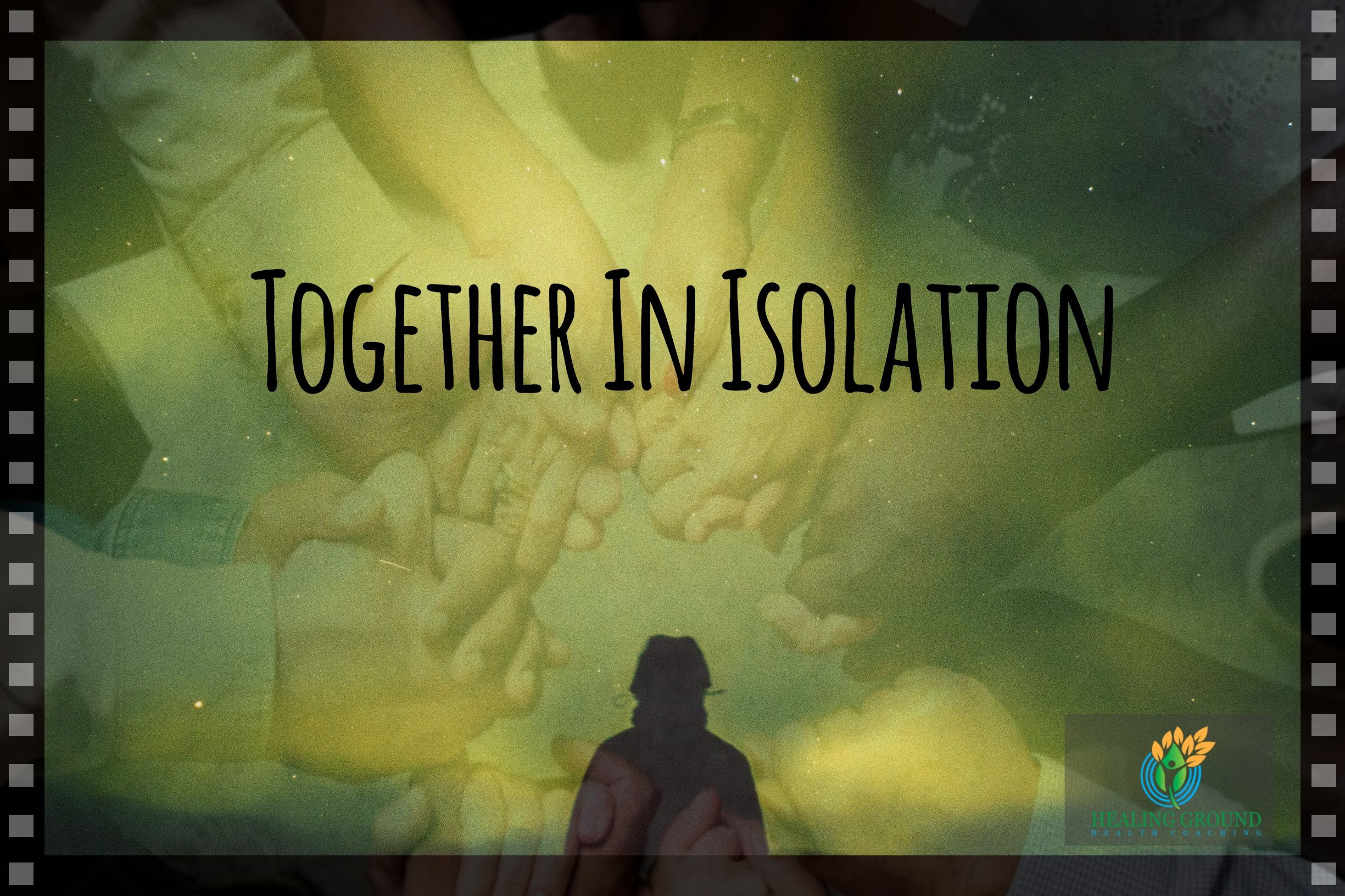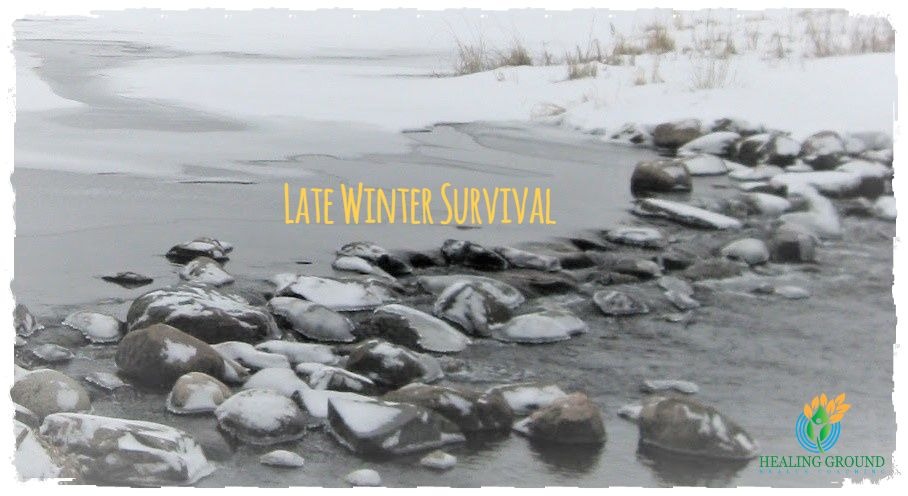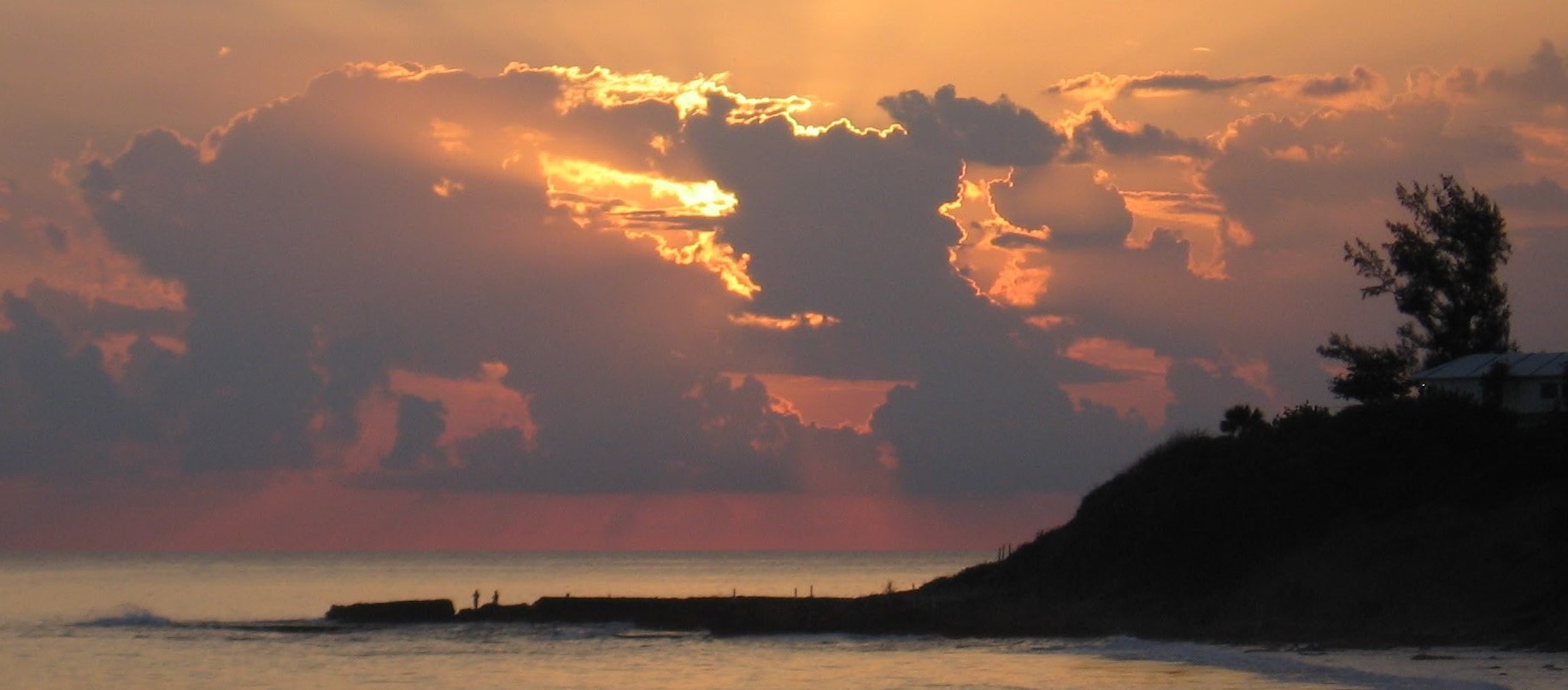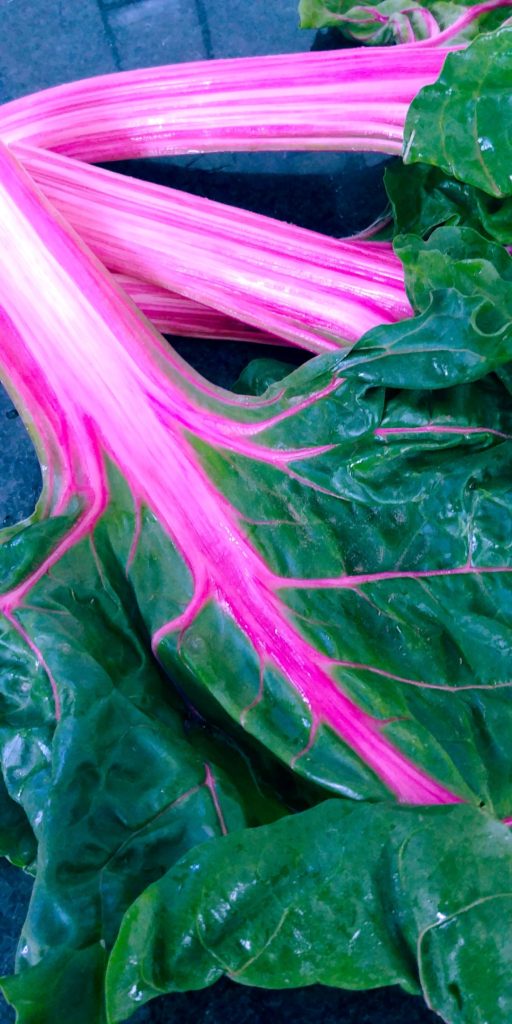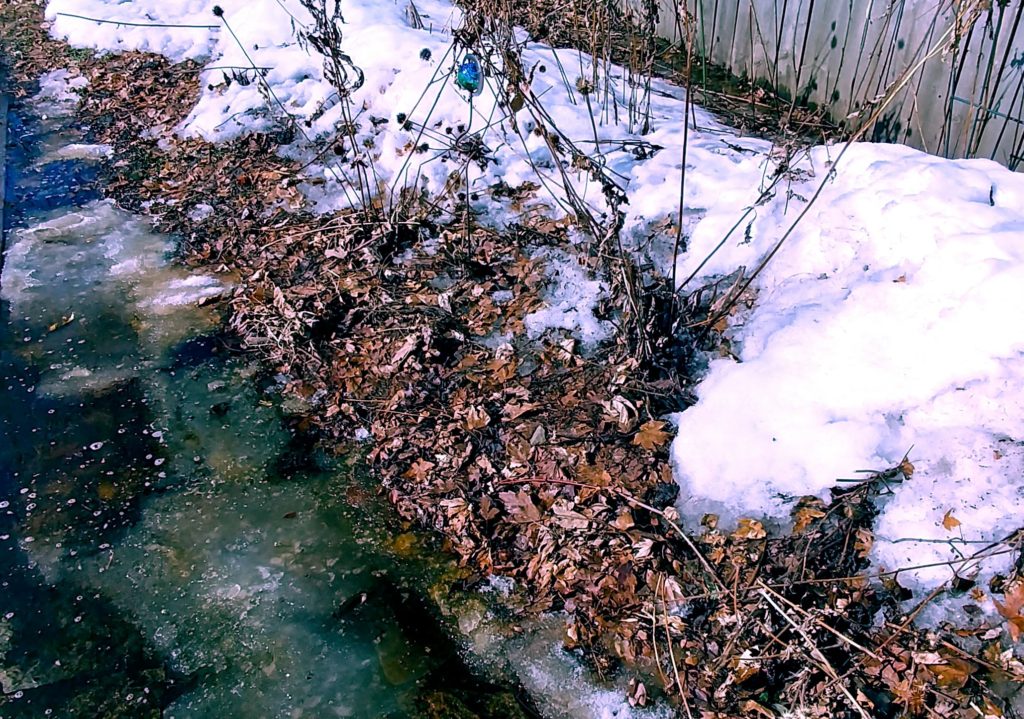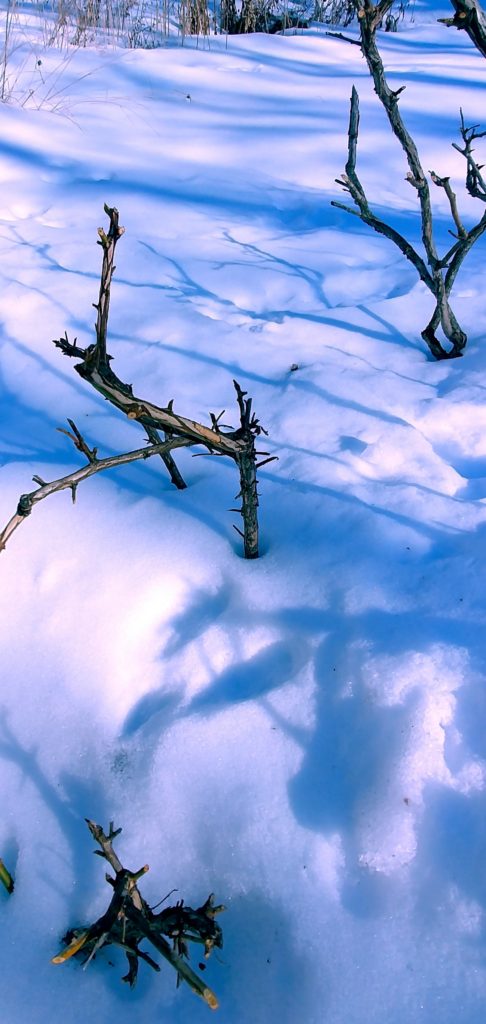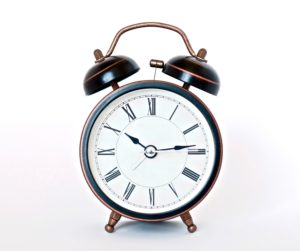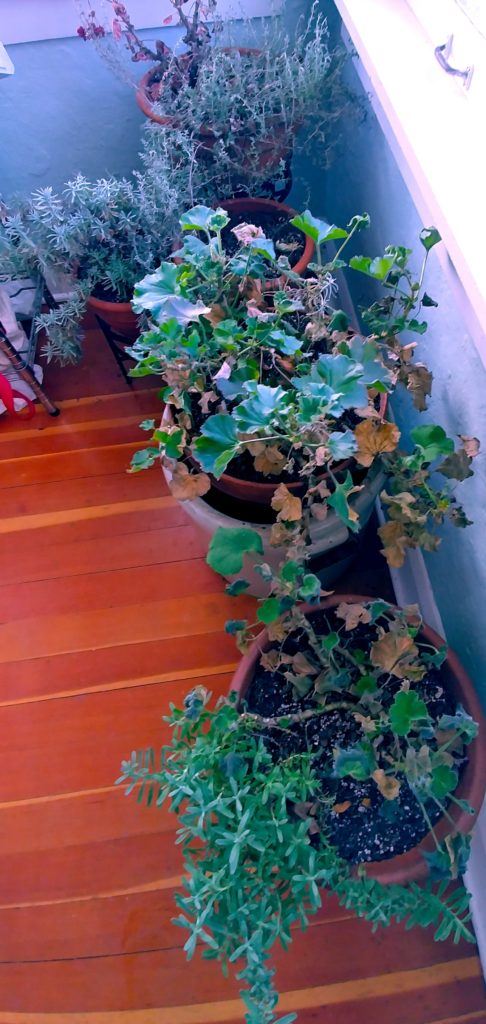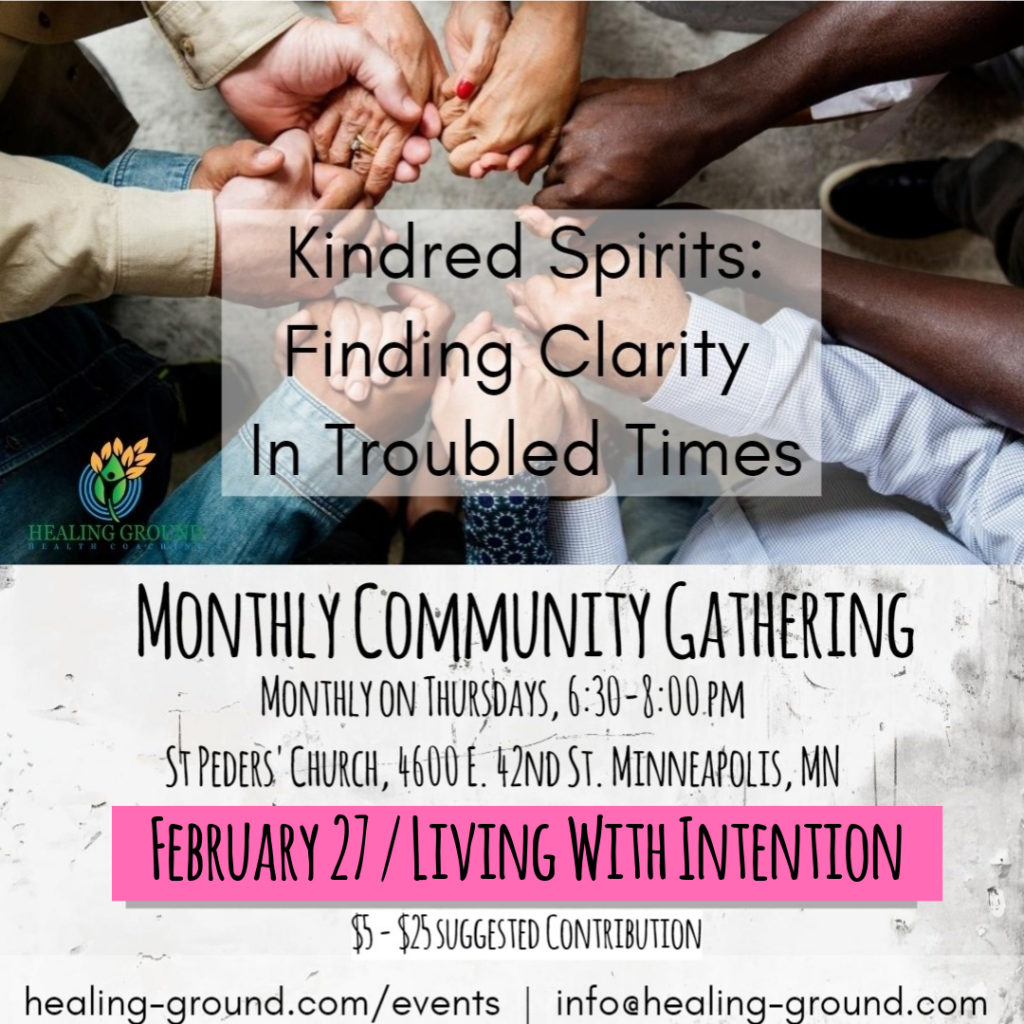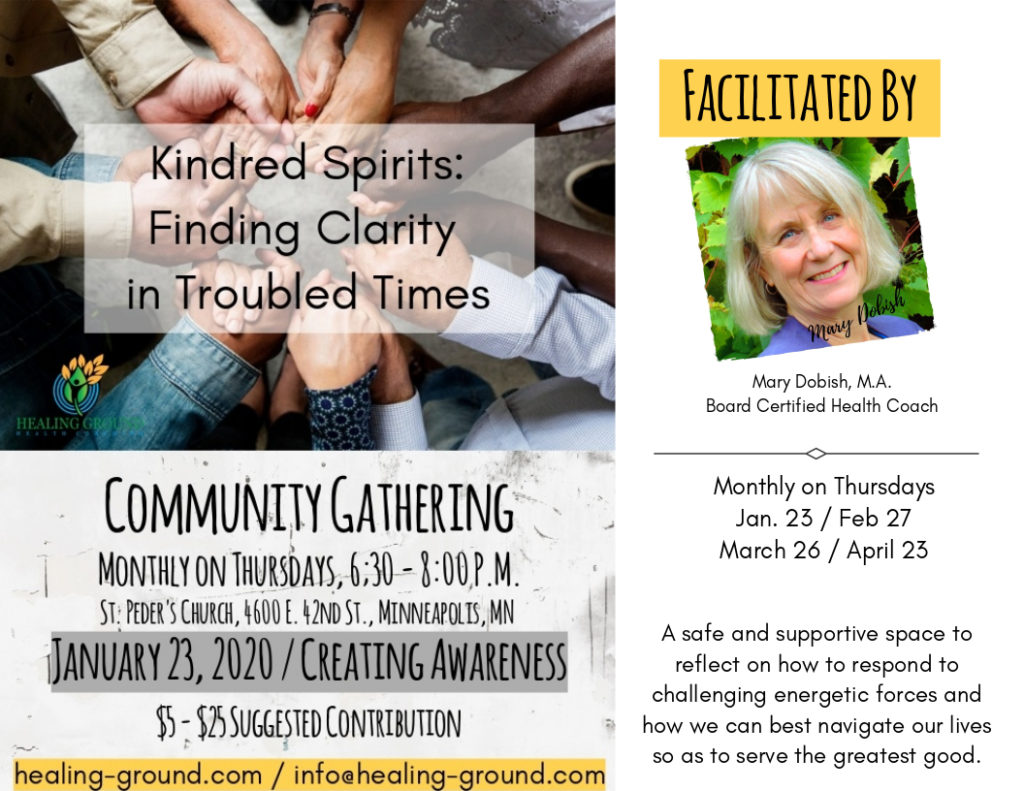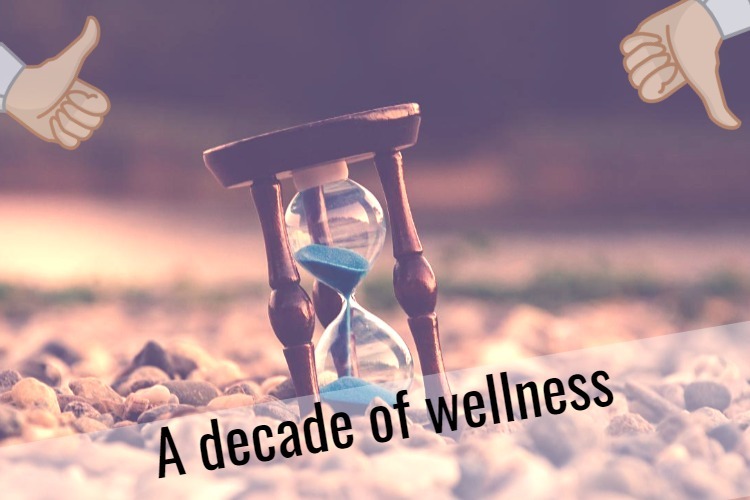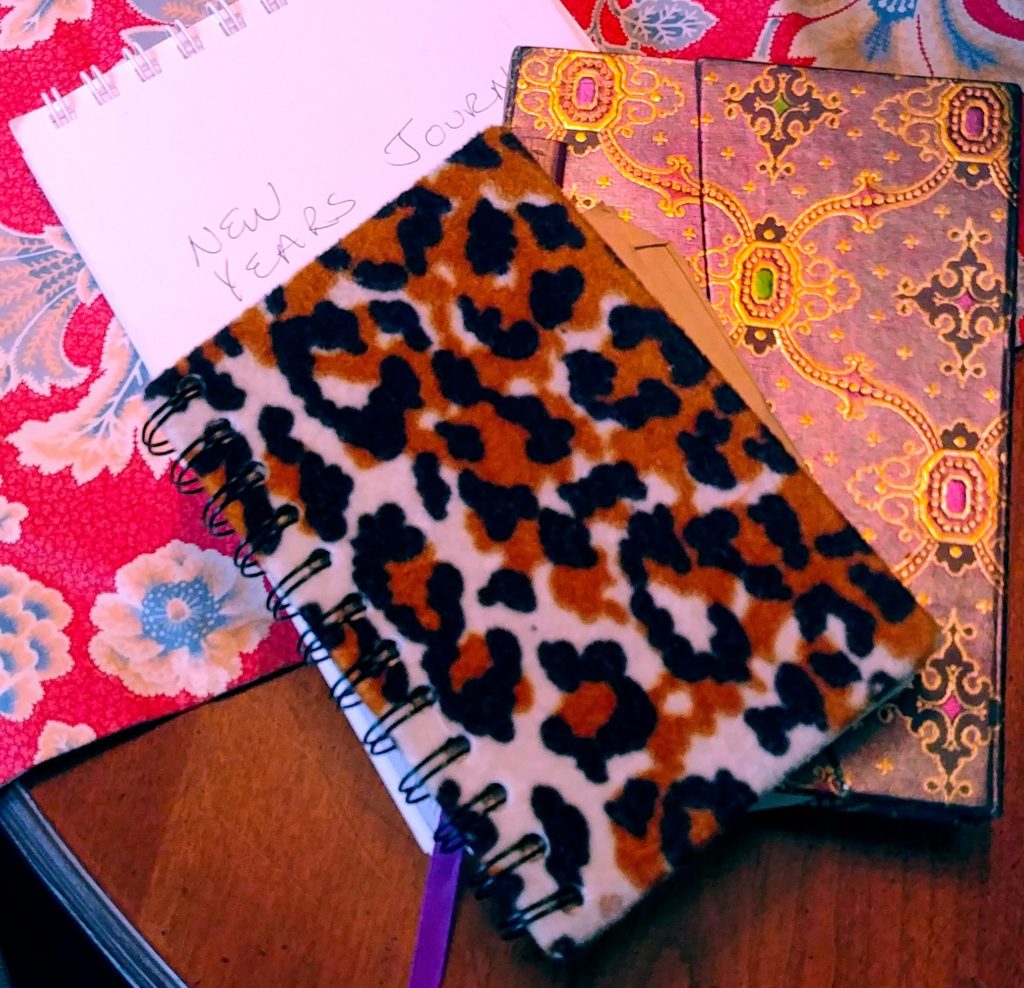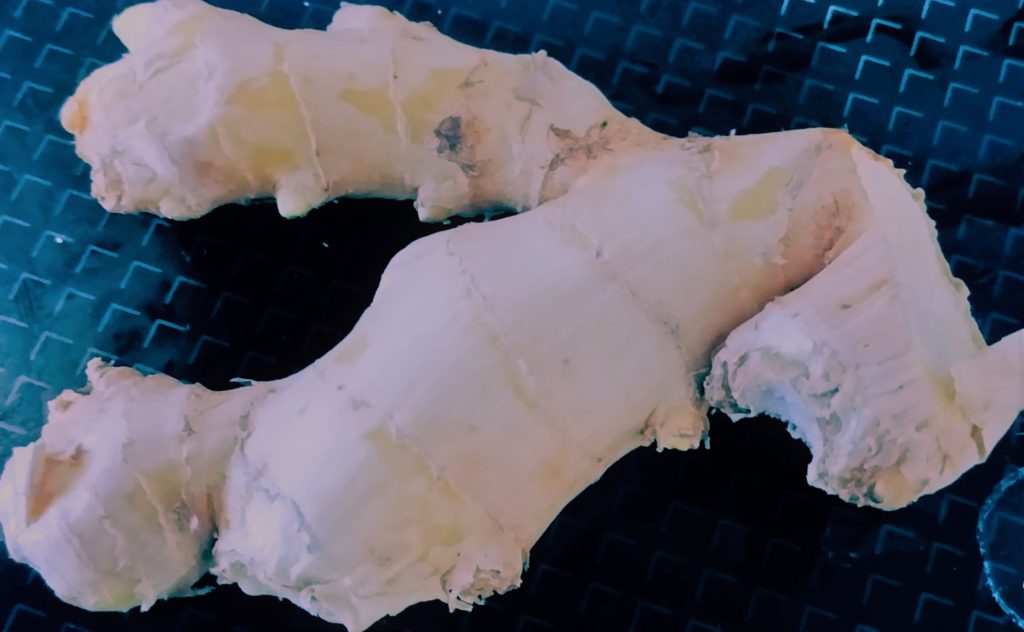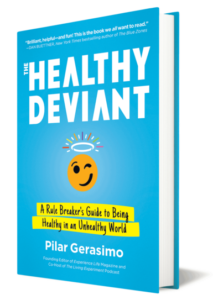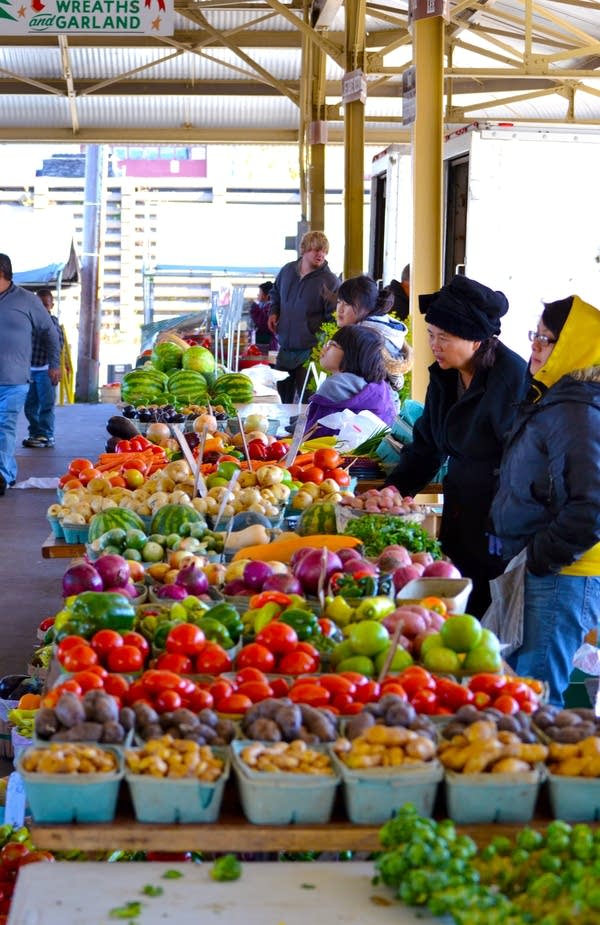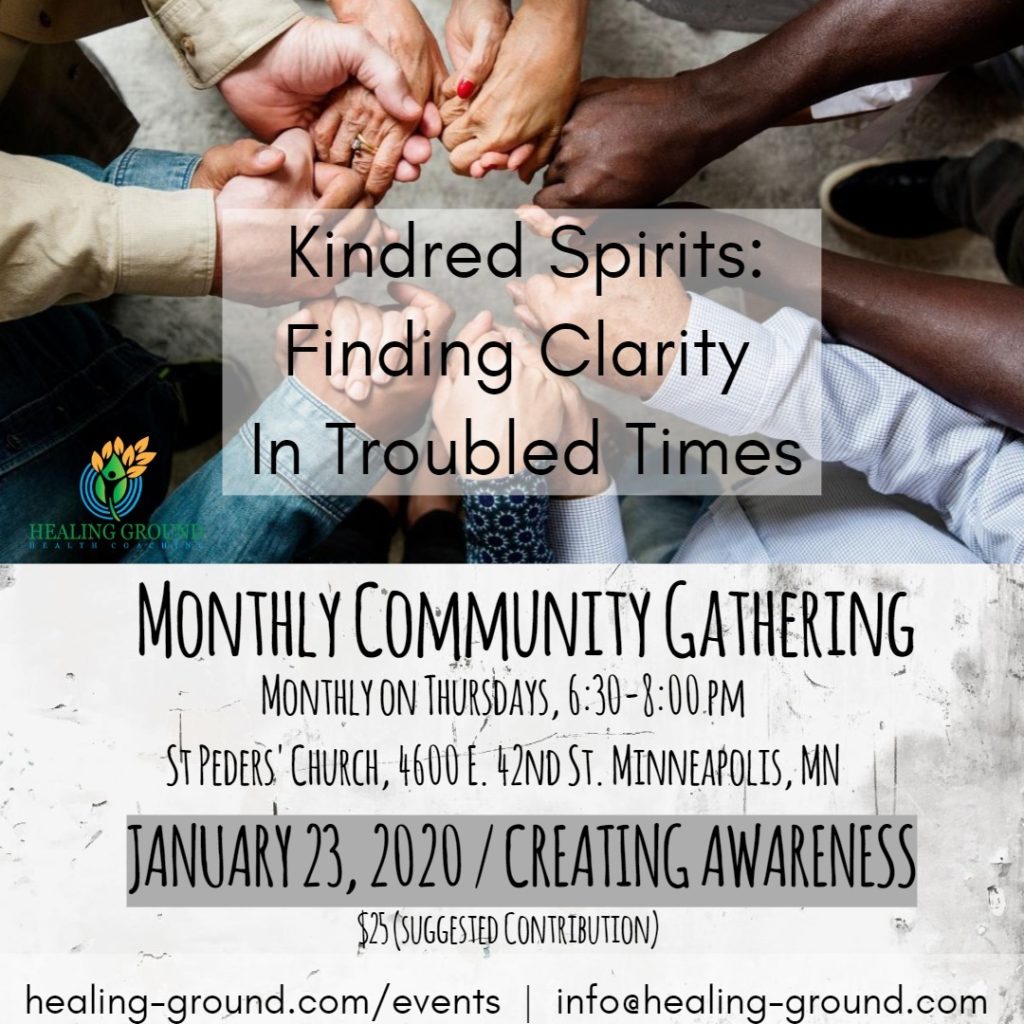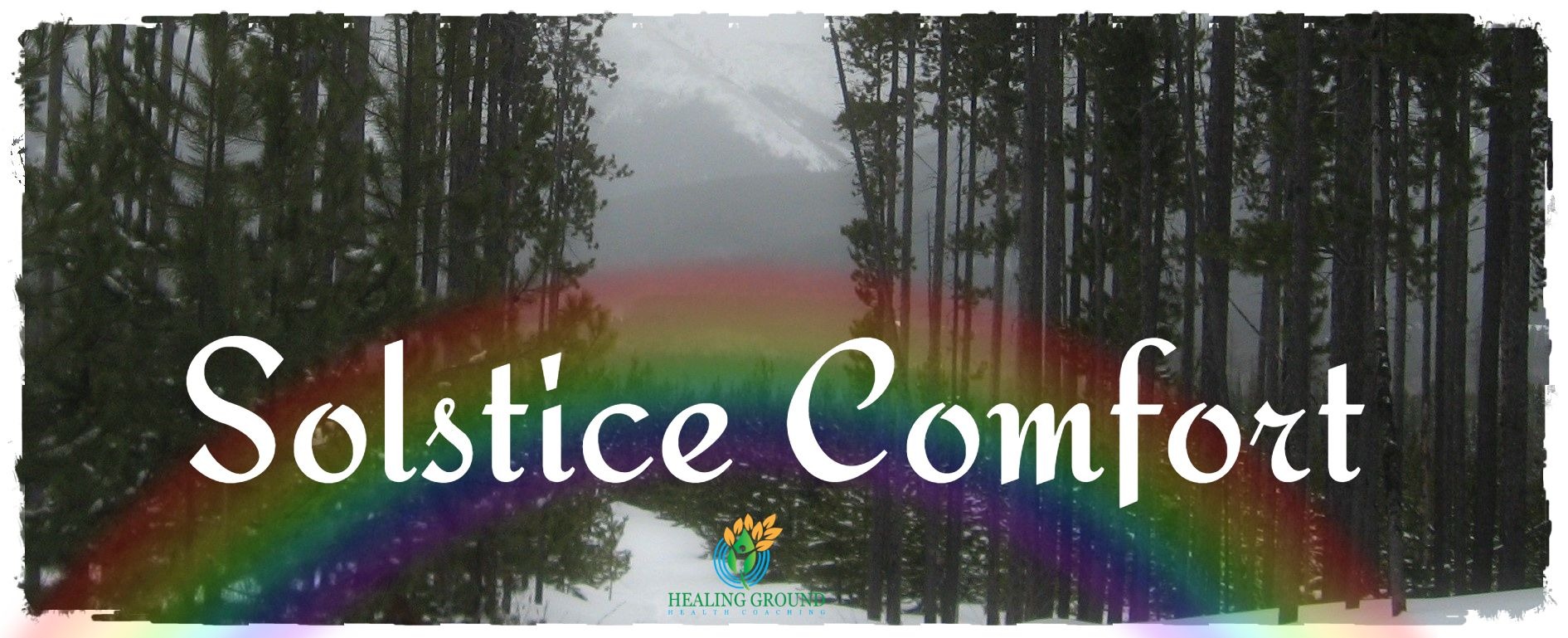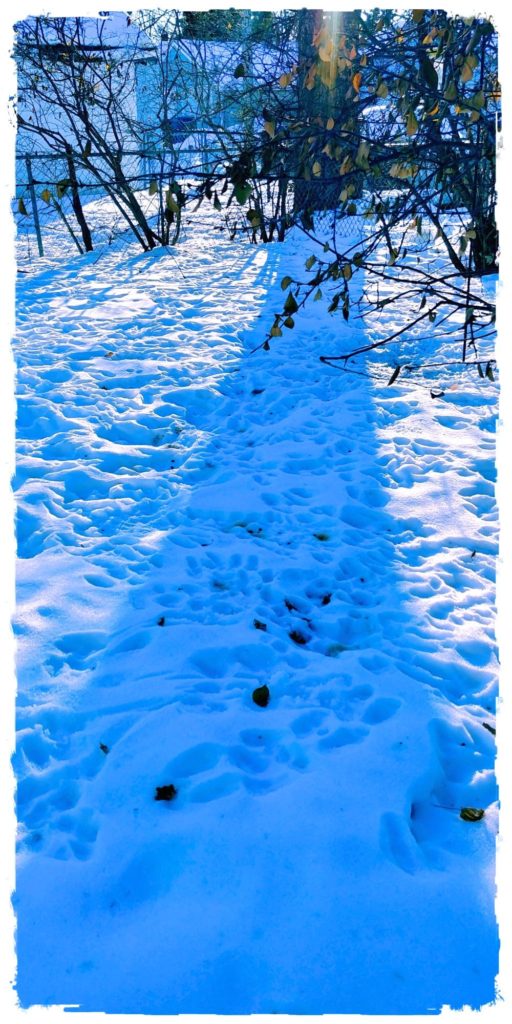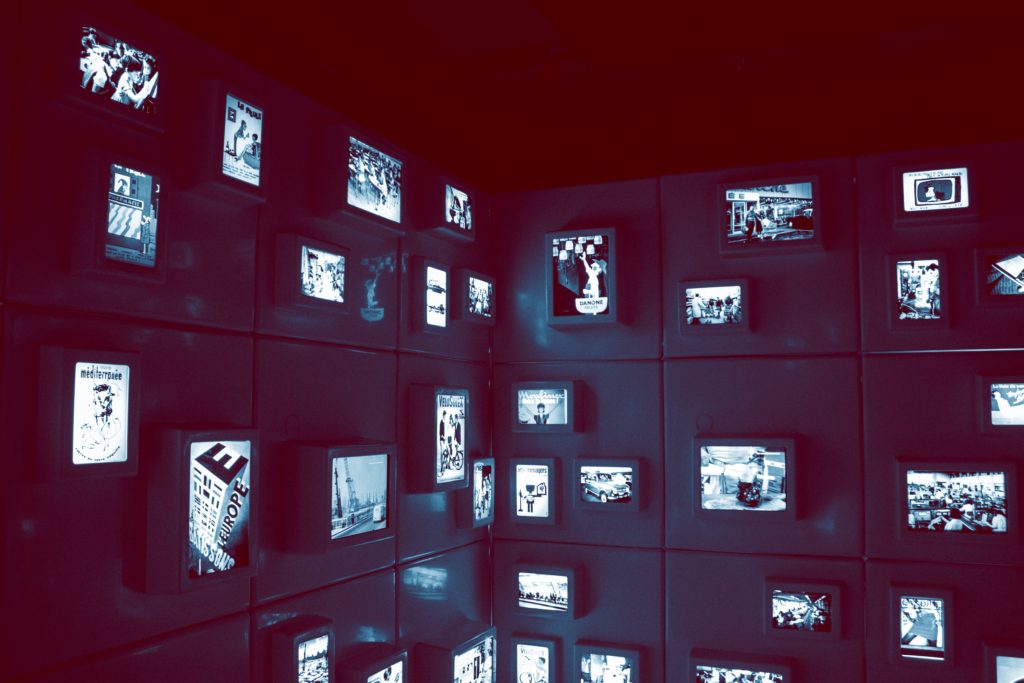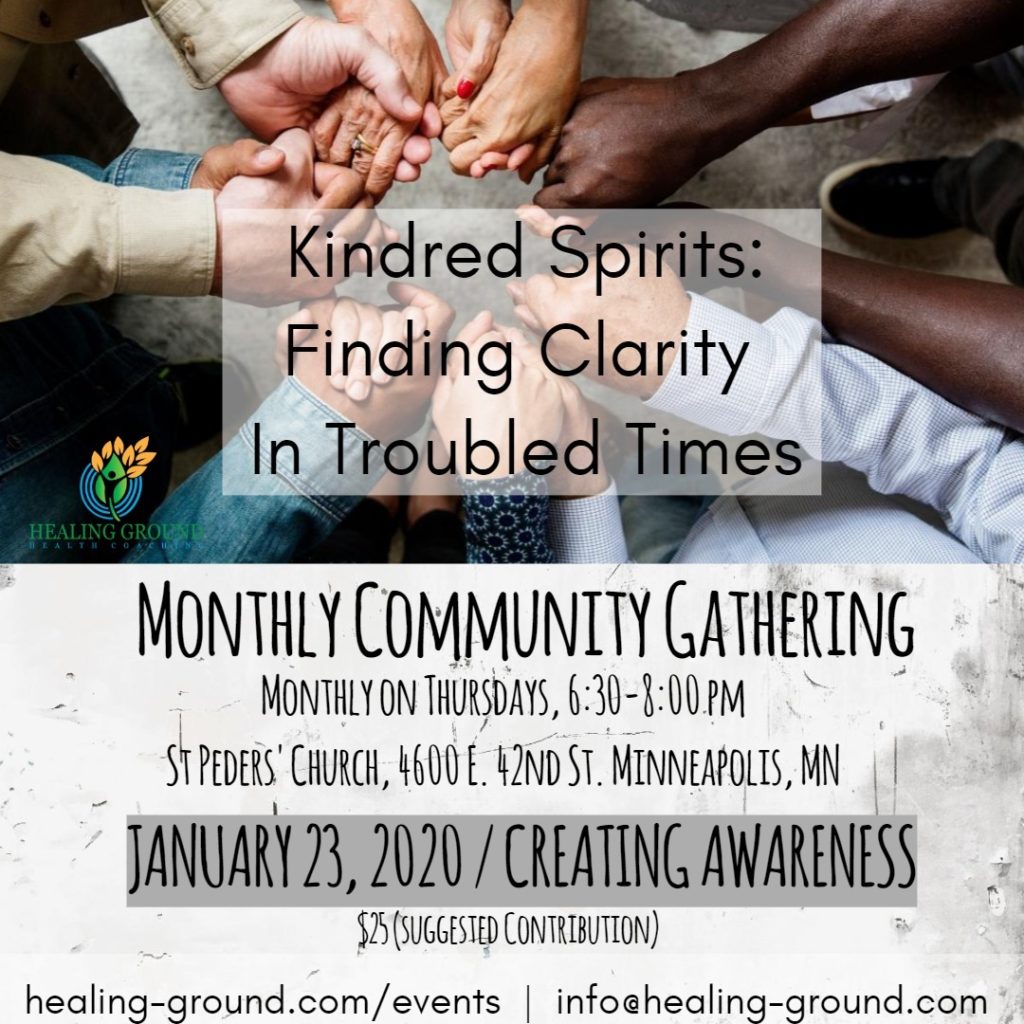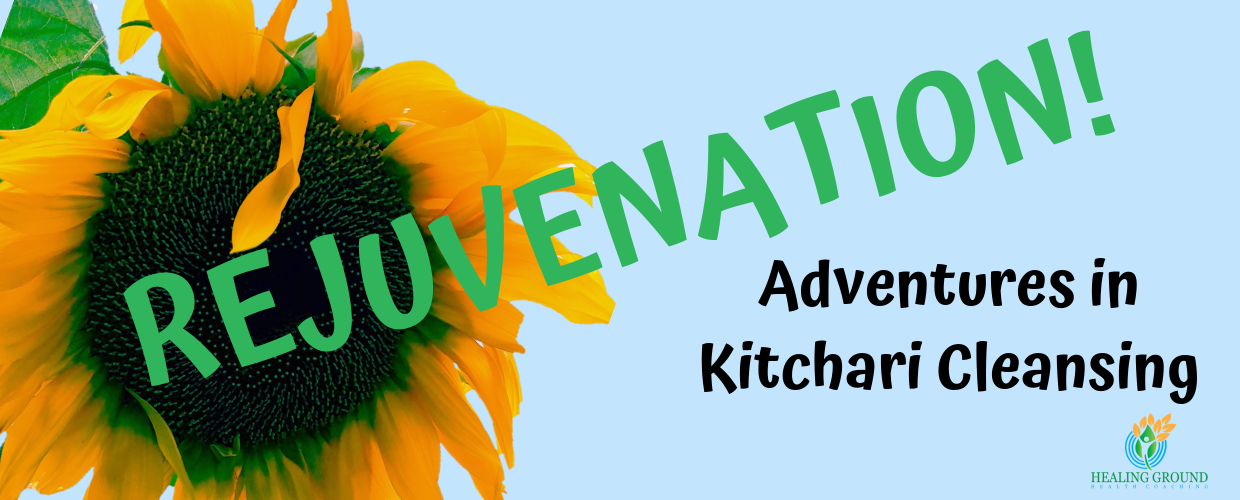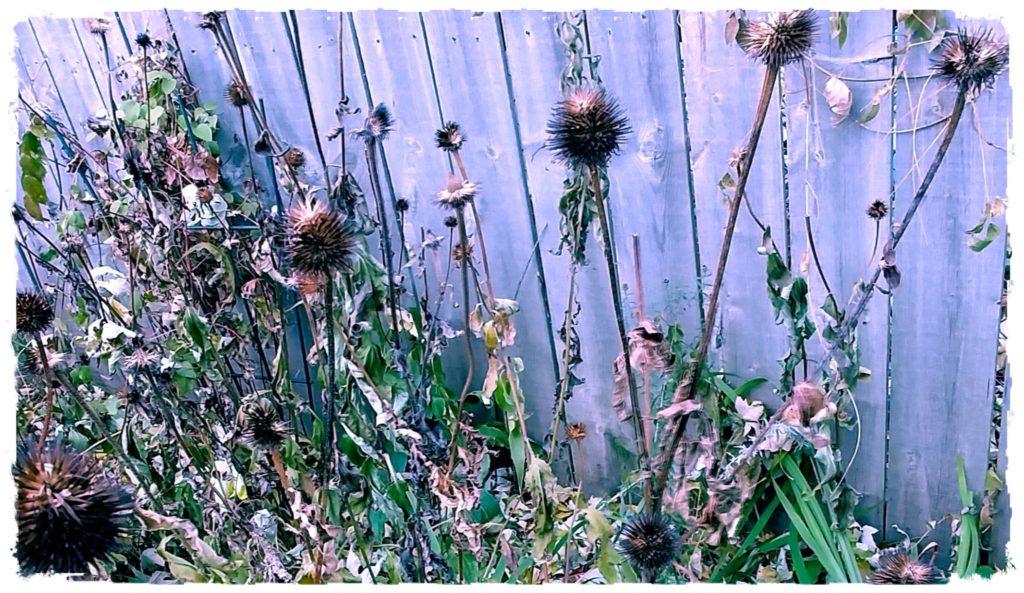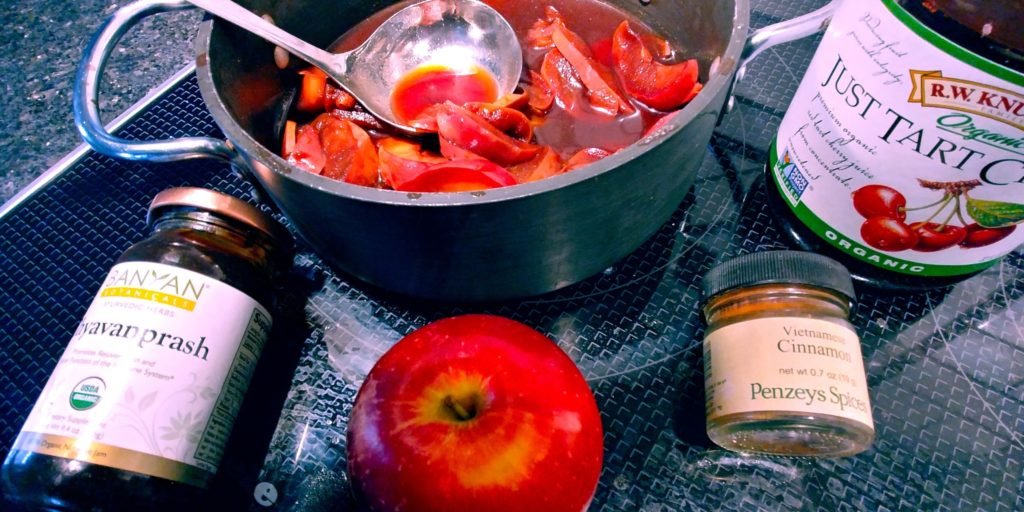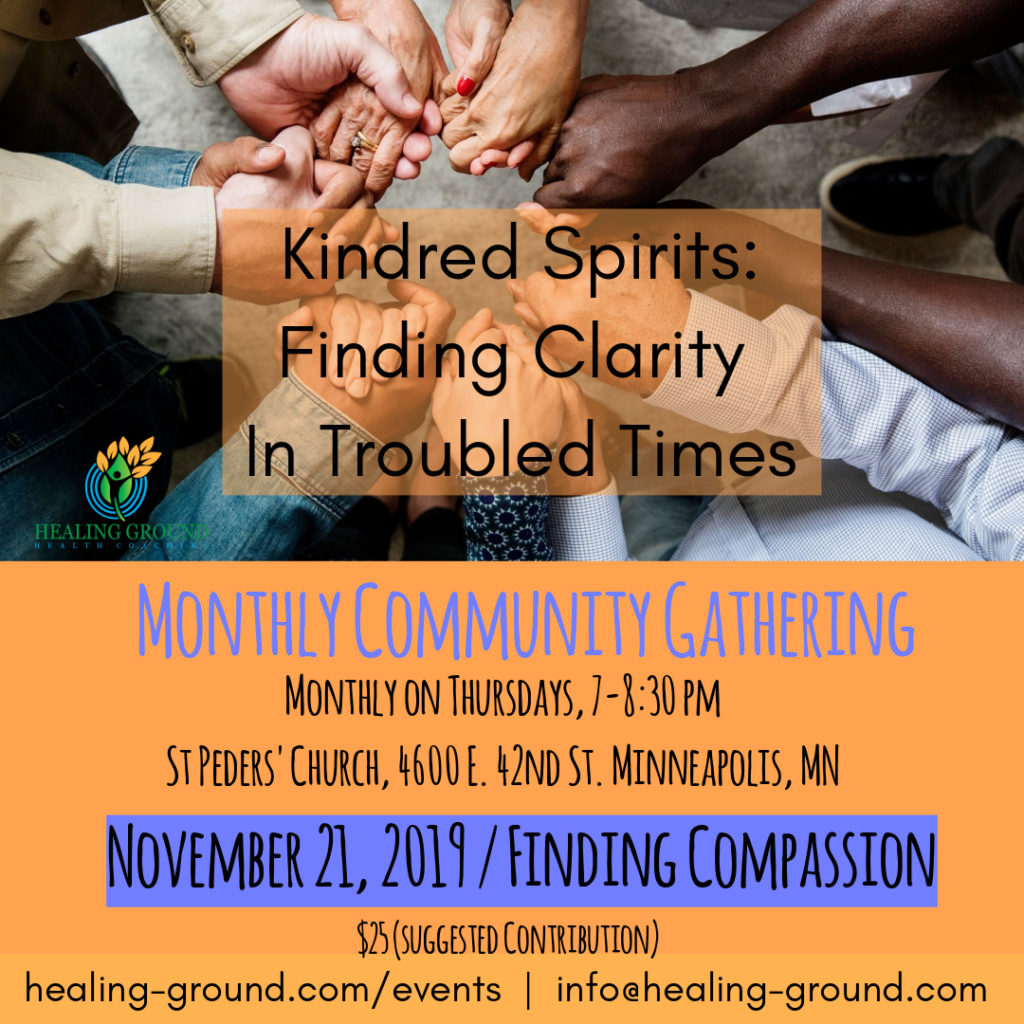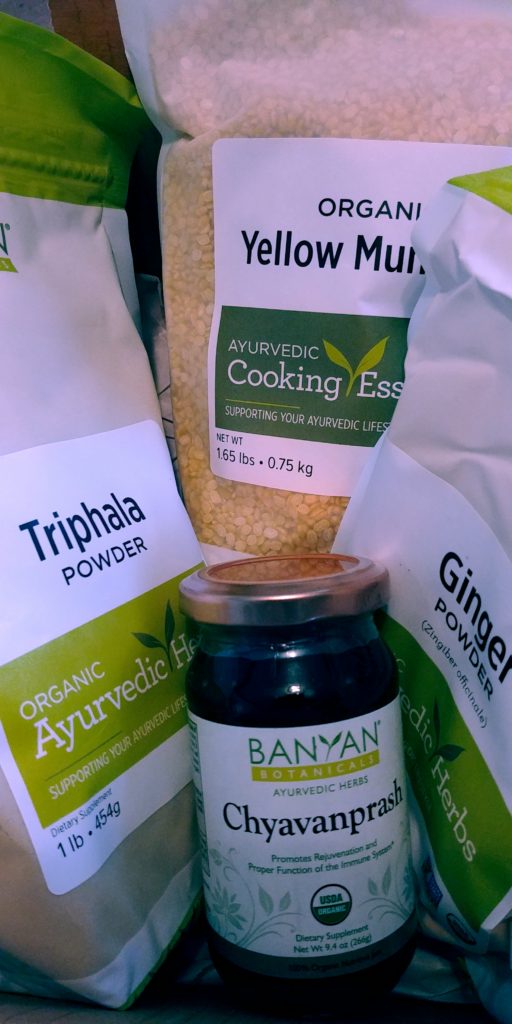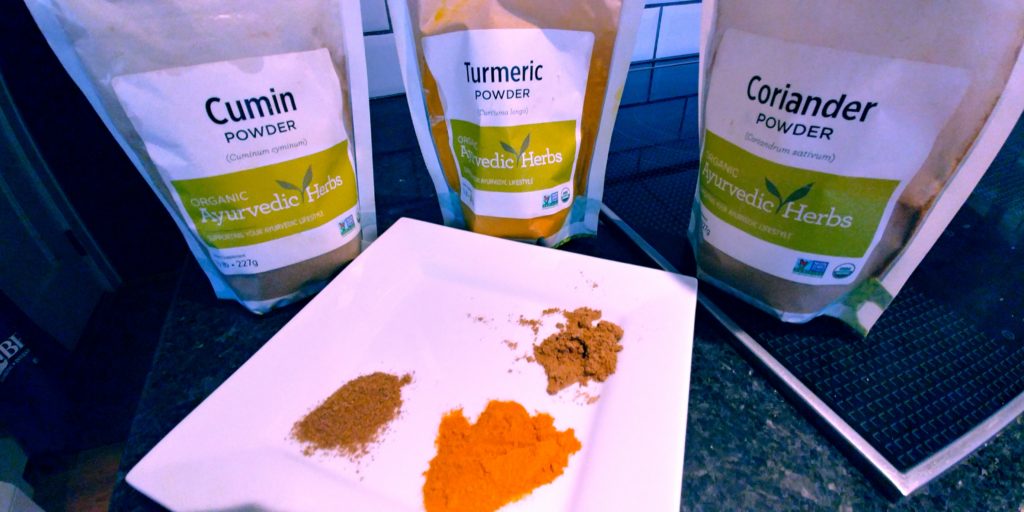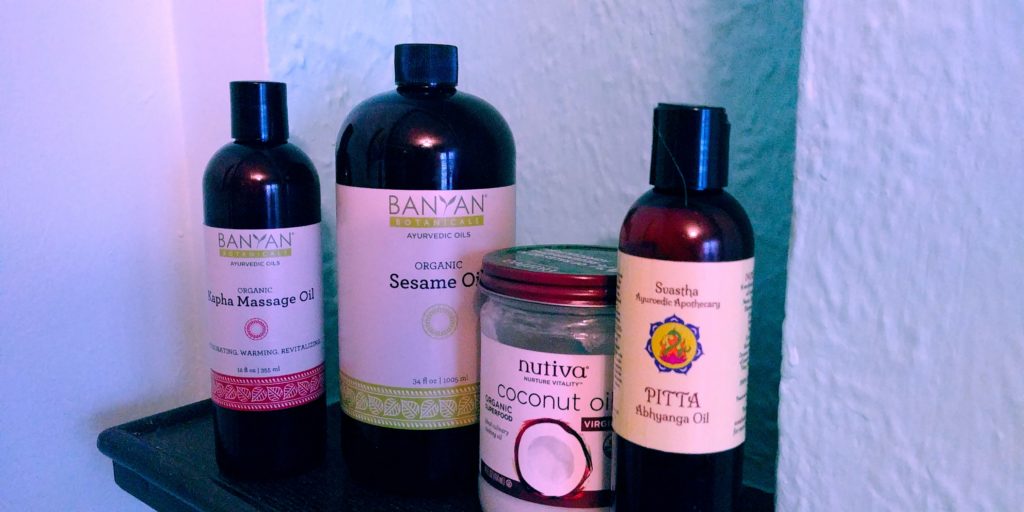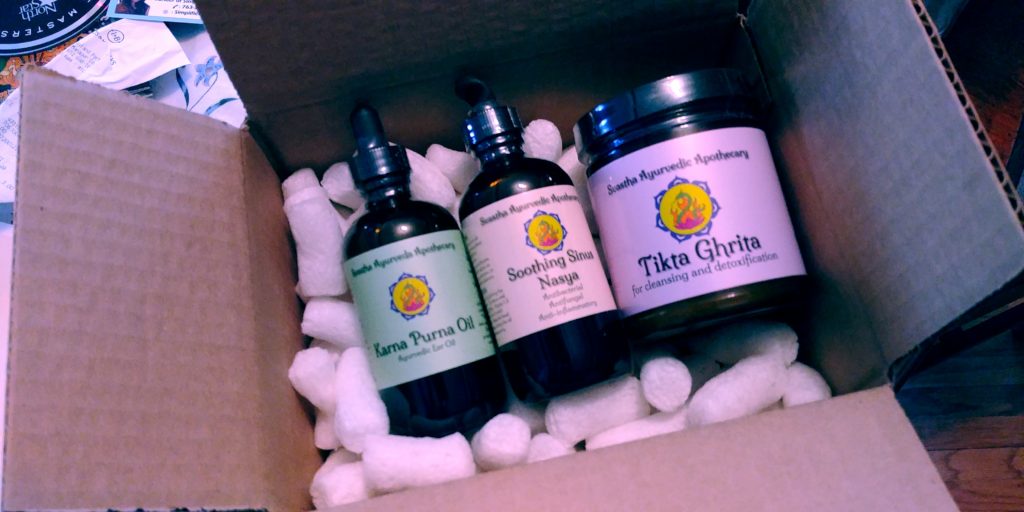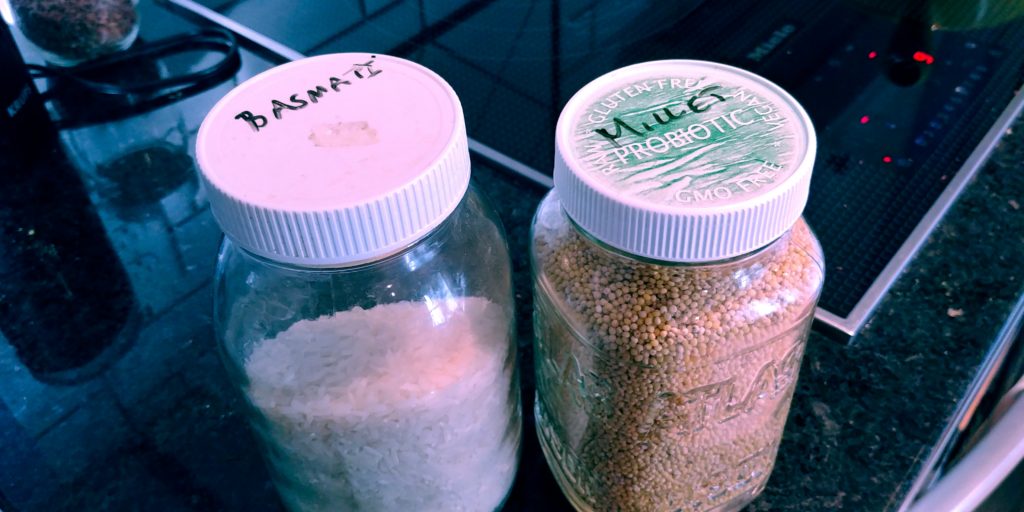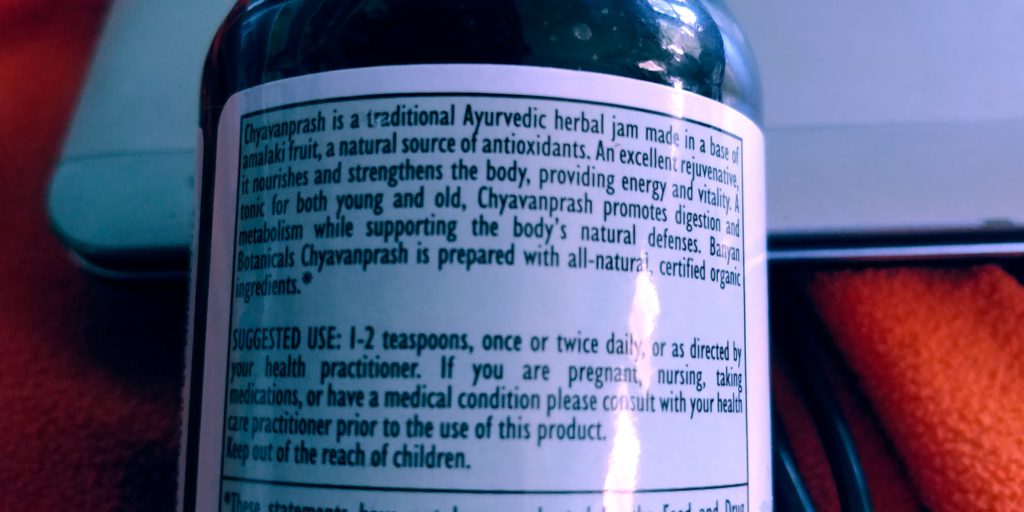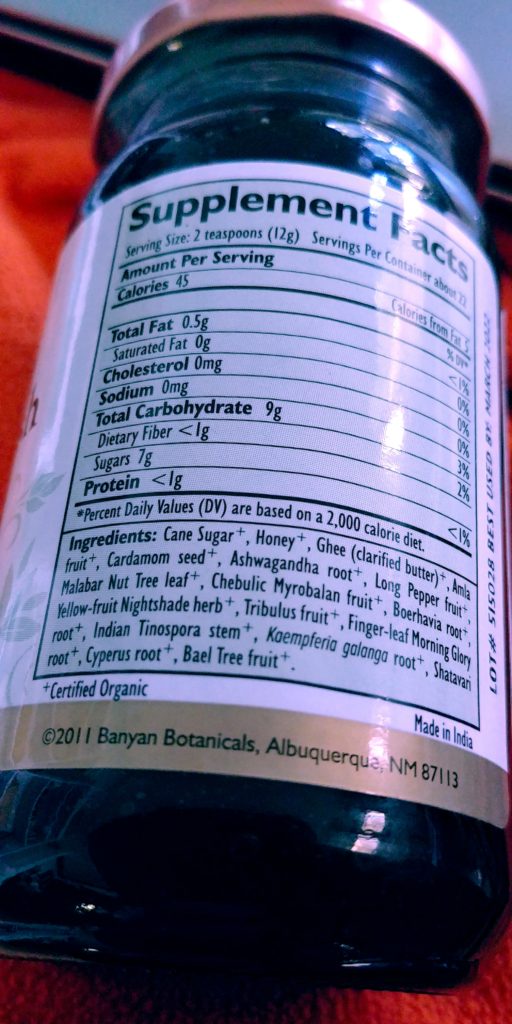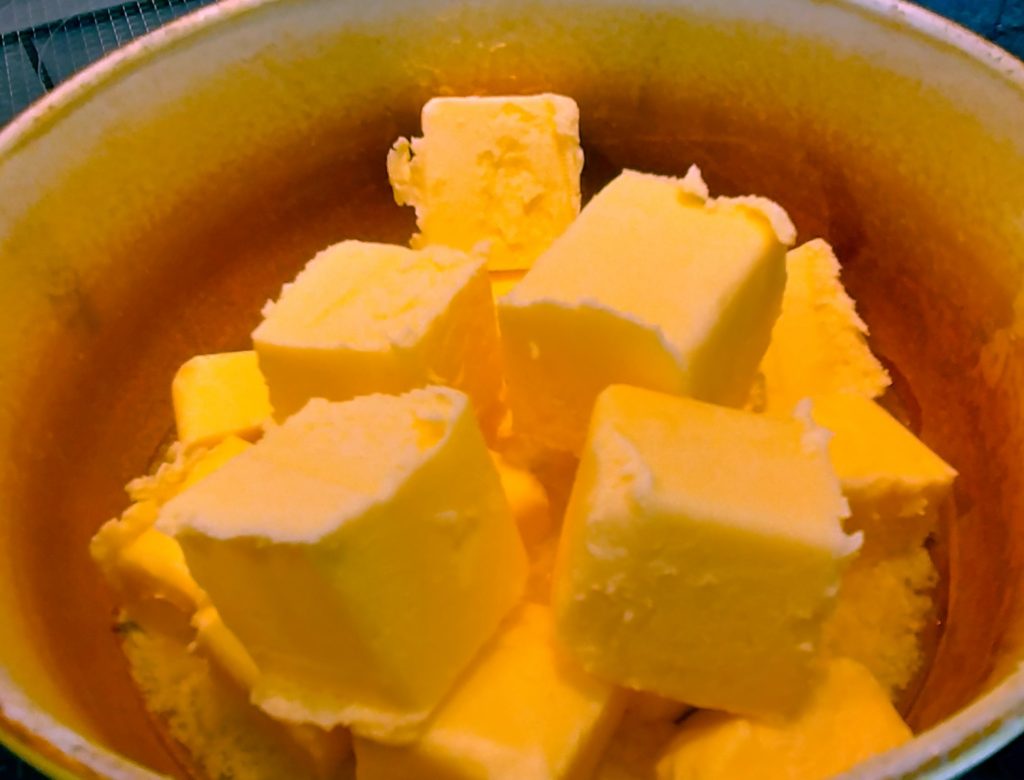“Wow. It seems like every time I start a blog post, something big and new happens and what I have to say sounds antiquated.”
I’ve written this introduction about five times in the last month and can’t seem to get past it. Working backwards, I see I’ve spent the last four days in a barely-there fog, Prior to that, I spent a fair amount of time in an agitated haze. Neither of these states has felt particularly helpful to my well-being. It seems like I’ve bounced between agitated distraction and lethargic distraction for awhile now. I haven’t enjoyed it, but I found “escape’ to be difficult. No matter how you cut it, there is a lot happening in the world right now that can distract from my self.
This morning I awoke for the first time in several weeks feeling like I might have some semblance of a groove back. I felt like the fog was lifting and I could more fully engage with the world. I could think, feel, and “be” again.
I’ve written before about being in a funk and some of that applies here. Looking back I see I wasn’t totally unproductive and that I did the best I could do at the time. But when I look more carefully at what helped me re-gain my self, three significant things jump out at me. I imagine they may be helpful for you as you navigate life during these stormy times so here you are:
I maintained my daily meditation practice but was flexible
Maintaining my daily practice was challenging at times. With so much going on around me I had many excuses for skipping it and occasionally did skip my morning practice. However, I discovered that even if I skipped my morning practice there was nothing preventing me from doing an afternoon practice. What mattered was that I intentionally made the time and space to slow down and look inward.
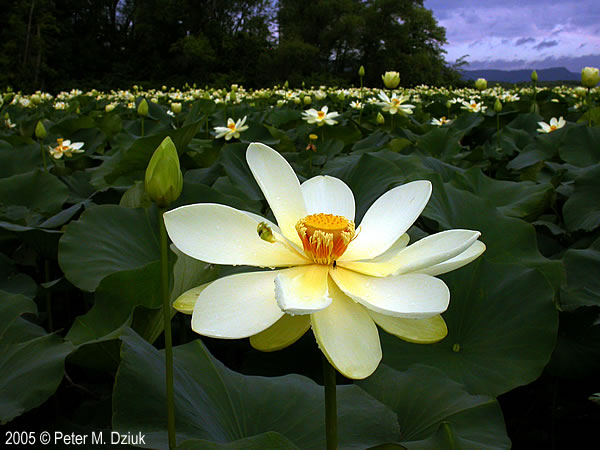
How this played out for me
My daily meditation practice is the single most significant factor in keeping me grounded during high-stress times. Because my sleep was a bit scrambled, the timing of my practice shifted occasionally but once I made the time to sit, I could experience at least a few moments of clarity. It was those brief moments that provided the motivation to continue on and do my best.
My suggestion
If you are new to or are intimidated by the idea of meditation I suggest you try setting aside just six minutes a day for meditative time. You don’t need to sit on the floor for this. You can sit in a chair, stand, or even lie down for the experience. A terrific way to get started is by using a good, free, guided meditation app. I recommend using Insight Timer. Try a short meditation and go with the flow. Try out different styles of meditation and figure out what works for you. Try to do this at least five days a week, but if you miss a day, don’t worry about it. Just continue on the next day. Pay attention to how your feel before you meditate and after you meditate. You may be surprised.
I followed daily routines as best as I could but I also gave myself space to adjust
As the world shifted and pulled beneath my feet, a simple daily routine helped me maintain my stability.
How this played out for me
I did my best to maintain a consistent bedtime but if I had difficulty sleeping or went to bed a little late I just let it be. I tried to maintain an early awake time but when necessary, I allowed myself a little extra morning sleep time But I still aimed for my early awake time.
Because of pain issues from a minor injury, my inability to engage in my usual physical activity added to my difficult state. However, I didn’t beat myself up for this. I just did what I was able to do and paid attention to my pain levels. I tracked (on paper) every NSAID I swallowed and recorded my pain levels regularly. This monitoring routine increased my sense of control and kept me out of the spiral of self-recrimination. It also provided me with helpful information for myself and my practitioners moving forward.
I also have the interesting daily routine of checking my rain (and snowmelt) gauge and reporting the results daily to a national rain, hail and snow network. This kept me anchored in an activity that connected with my values and which grounded me in the natural world. There were days when knowing I needed to report the snow melt was what motivated me to get out of bed.
My suggestion
At minimum, pick something manageable to do at the same time every day. But be flexible.
Do your best to maintain regular sleep times, mealtimes, and simple routines. Meditation can be a part of that routine. Find a simple daily activity that reflects your values and commit to that activity. There are tons of citizen scientist and creative daily activities out there on the web. Give one a try. But don’t punish yourself if you are unable to strictly adhere to a given routine. Just continue on.
I attempted to limit my exposure to social media, electronics, and television but was flexible
Social media, electronics, and television can send me down the rabbit hole of lethargy like nothing else—especially during these times of physical distancing combined with a very grey winter. I found, during the last few weeks, that I was watching more TV than I knew was good for me and had difficulty staying off of my phone to check social media. This wreaked havoc on my sleep and simply added to my haze. Truth be told, it seems I have to re-engage in electronics management several times over the course of a year to keep my use in the healthy range.
What helped
There are a few things that help me wean off of the constant electronic stimulation. I set a time past which I turn off the television. When I found myself glued to the tv during the day (several days last week), I gave myself permission to do this, knowing this was an exceptional situation.
Then, there were the times when I found myself watching TV and checking social media at the same time! (Brave of me to admit this, don’t you think?) I became alarmed. To counter this, I started watching a Danish television series with English subtitles. If I was to follow the show, I needed to actually pay attention. There was no way I could follow the story AND read my social media feeds. The show won out. Finally, I started keeping my phone in a separate room from the television. I am now committing to checking my phone only at set times every day. This is an ongoing project. I’m trying to be flexible and compassionate with myself on this.
My suggestion
Pay attention to how much time you spend with electronics and interacting with social media and devise steps to monitor and limit your use. Be creative with your ideas but be persistent. All this stimulation is insidious and can get the upper hand pretty quickly. At the very least remove all electronics from your sleeping area. If you do go overboard, recognize this and go back to your plan. This is not the time for self-flagellation and rigidity.
The storm is not subsiding anytime soon
A few weeks ago, we had an intense blizzard in Minneapolis. The snow was blowing sideways, pushed by a fierce howling wind. We couldn’t tell the ground from the sky. The treetops were nearly horizontal.

After it was all over, the trees were back to their normal majestic positions, the snow was on the ground, the sky was blue, and the ground was white. A few branches (and lots of leaves) lay scattered in the snow but, by and large, the vegetation was intact and I heard no trees berating themselves for losing a few leaves and branches.
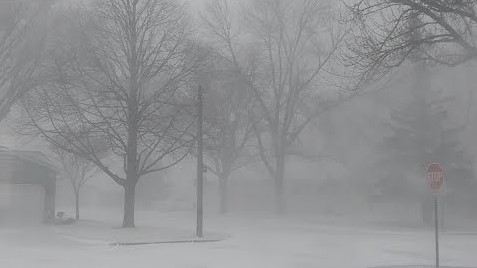
Life is going to continue to swirl around us all for a while and the energy storms are just beginning. I’m modeling myself after the trees.
